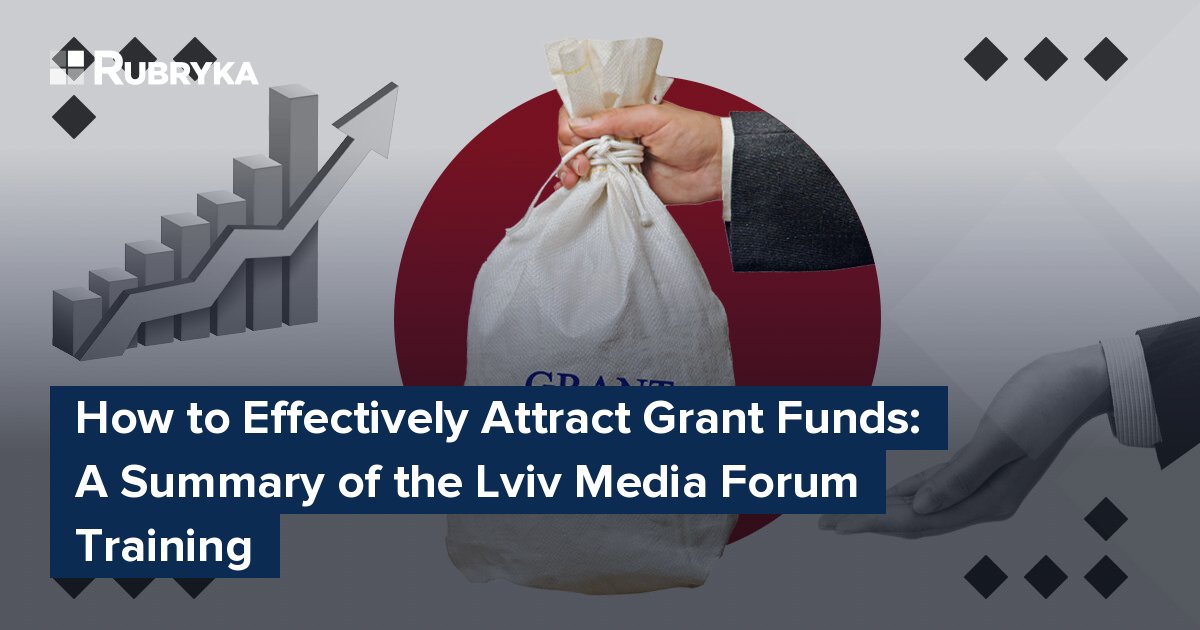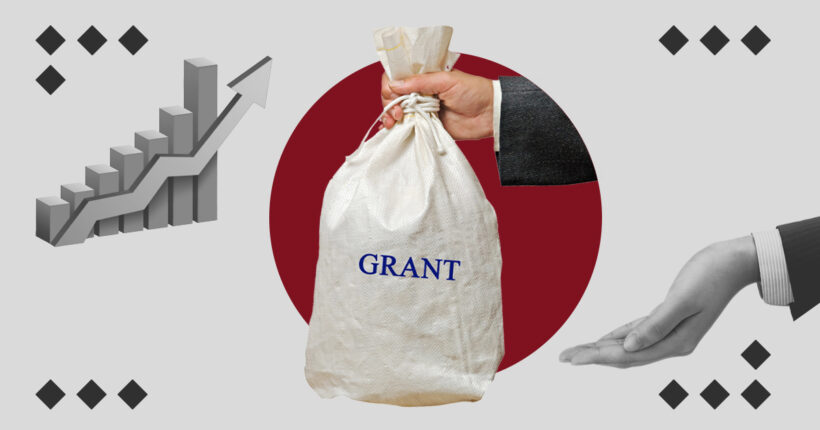
Since February 24, new trends have emerged in the grants market that the media should pay attention to in order to adapt their plans and strategies. Over the past two and a half years, new donors have entered the market and increased their funding. Tens of millions of dollars have been allocated to the Ukrainian media sector, and new foundations have been established.
"We have also experienced this firsthand. Those who had not previously worked with donor programs and relied on a business model turned their attention to grants and took advantage of the opportunities available in the donor market. Meanwhile, those who already had experience and established relationships within the donor community also benefited from increased opportunities and funding," says Olga Myrovych.
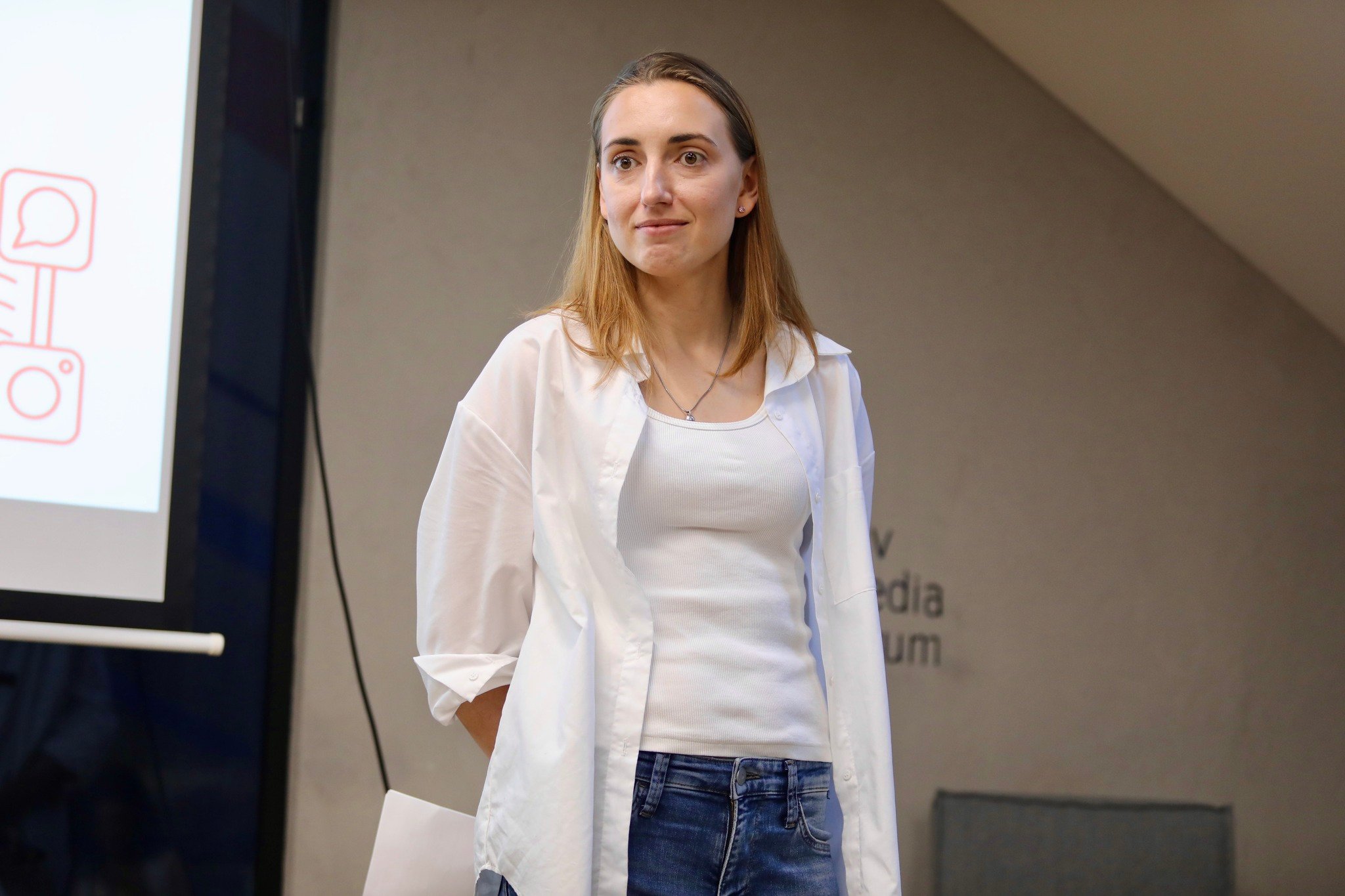
Olga Myrovych, head of Lviv Media Forum. Photo: LMF
What is the problem?
Grant support is perhaps the main source of funding for regional media. Therefore, understanding trends in the donor market helps media outlets find suitable donors and consider their specific requirements when writing a grant application. Without this knowledge, media outlets risk not receiving a grant and being left without funding, which could jeopardize the existence of the newsroom.
What is the solution?
Media need to communicate with donors and, at times, directly ask them about their focus areas. It is important to understand where donor priorities intersect with the needs of your editorial office and to develop grant applications based on this alignment. Below, we discuss the trends and how to find a middle ground between these priorities and needs.
What's trending now?
Physical and digital security, along with psychological resilience, are important areas of focus for donors. Even when donors fund the development of innovative models, they often recommend partially including the costs of maintaining the newsroom's psychological resilience and digital security. There are also many opportunities for media organizations operating closer to the contact line to enhance their physical security with donor support.
Donors' geographic priorities have also changed. Many donor programs now target media outlets operating along the contact line or in regions with recently de-occupied territories.
"This trend is not new for Ukraine. Since 2014, there have been many programs targeting the regions in the south and east of the country. Now, this focus has expanded," says the expert.
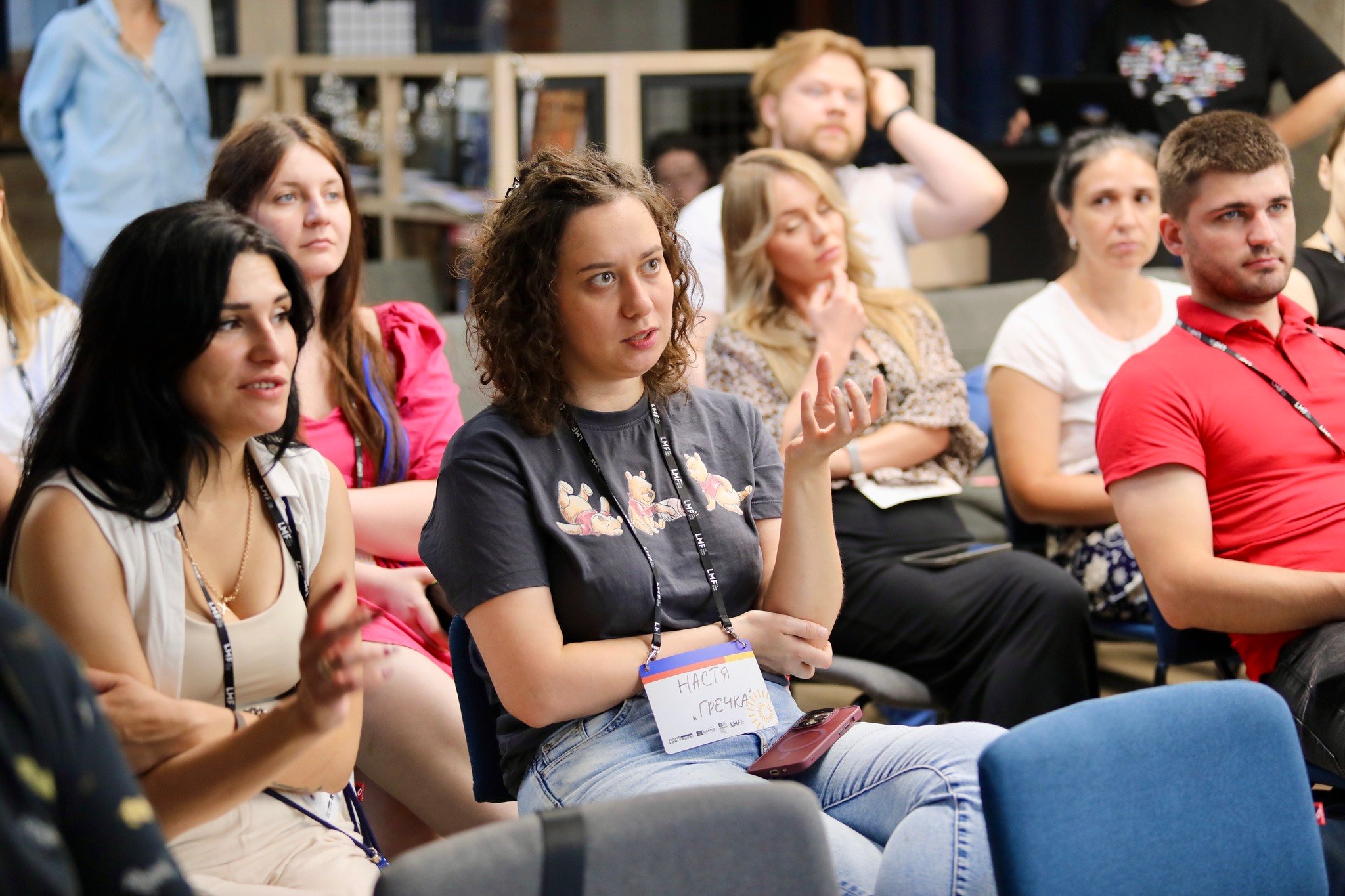
Participants of the training. Photo: LMF
In 2022, donors focused on emergency support for media. However, starting in 2023, the focus has shifted to innovation and strategic development. Donors are now seeking solutions that will help resilient media become even more robust and are interested in supporting media outlets with ideas for transformation.
"Offering a long-term vision and proactively proposing solutions, rather than waiting for donors to provide them, is a significant competitive advantage," explains Olga.
Another trend in media support from donors is community empowerment. Local media often take on roles typically handled by officials, such as collecting and systematizing vital information for the community. For example, they provide details on the locations of equipped shelters, the condition of shelter facilities in schools, sources of drinking water, and where to obtain humanitarian aid. This systematized information supports community decision-making and adds value to local media, expanding their role to that of an actual solution provider. This is an important factor to consider and leverage in fundraising efforts.
"Media now serves a role beyond just delivering news. This is especially true for those working with audiences in occupied territories. As seen in the cases of Kherson and Kharkiv regions, people under occupation value access to information as highly as they do access to food," says Olga Myrovych.
Finding the right balance between donor priorities and editorial needs
A grant is financial support provided by a donor for implementing a specific idea and achieving a clearly defined result. Often, media outlets view receiving a grant as the ultimate goal of their work. However, donors see it as a springboard for media outlets to advance to the next level.
"That is, the aim is not to secure more grants in the future, but to begin operating independently of donor support. This is where the difference in goals and visions lies," comments Olga.
In search of a media match, we first need to address the following questions: Who are we? Who do we want or not want to be? What do we need? What are we willing to give up to stop being who we are? The gold standard of fundraising is to have a clear vision and seek opportunities that will help you realize that vision.
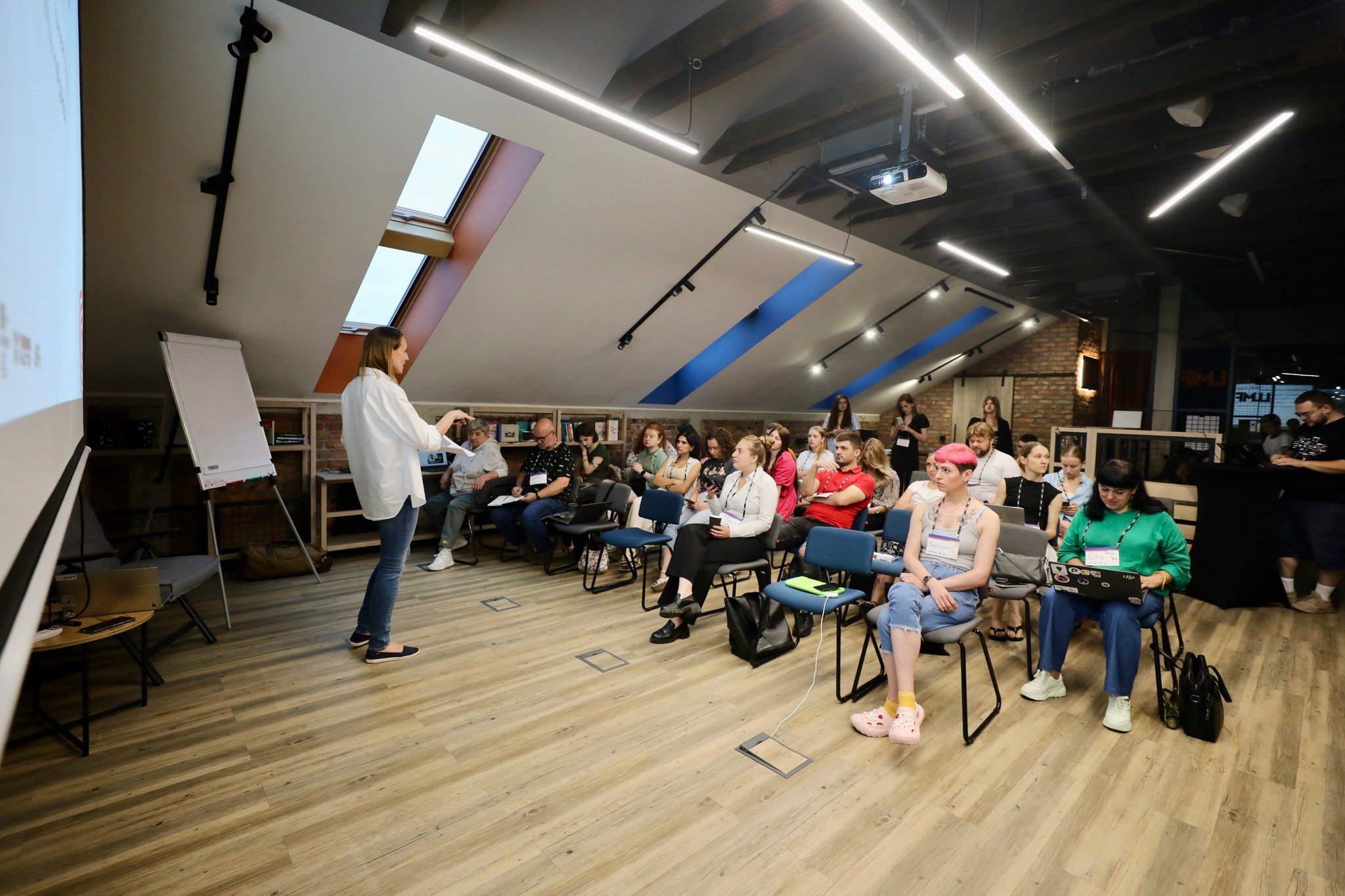
Participants of the training. Photo: LMF
It is important to familiarize yourself with the donor's website and grant announcements. Research the mission, goals, and values of the organization. Additionally, try to obtain feedback on your grant application from the donor to better understand their preferences and concerns. Simply asking the donor what aspects of the application are strong or weak can also be beneficial. Attending seminars and public events organized by the donor is another good option.
A good practice when searching for a match is to research previous projects that the donor has supported. This will help media outlets better understand the types of projects the funder is willing to finance.
For media organizations, key priorities include realizing their mission and vision in alignment with their values. Meeting the needs of their audience and beneficiaries is also crucial. Additionally, supporting the development of the organization and its operational activities remains a top priority for the editorial office.
Prepare a grant application and succeed
Preparing a grant application begins with studying the grant competition and the problem it aims to address. Next, the media outlet should conduct a SWOT analysis in the context of the grant competition, identifying strengths, weaknesses, capabilities, and potential obstacles that might lead to the donor rejecting the application. Then, develop the project idea, and outline its key points, and assign responsibilities to the team.
While drafting different sections of the grant application, start collecting supporting documents early and avoid leaving it until the last minute.
"In my experience, almost no one follows this advice; they gather all the supporting documents the day before the deadline. Then, it turns out that we needed two letters of recommendation. Imagine, we need those letters and the application deadline is today at 18:00. What do we do? We approach those who are easiest to contact, which means we end up with less ideal recommendations instead of the best possible ones," the expert says.
Next, prepare the budget and write and synchronize the narrative sections. Preparing a budget helps estimate the costs of materials, travel for the editorial staff, design, and promotion.
"Then you understand how much of the declared budget, after deducting administrative and office expenses, you can fit in the materials and whether you can still fit in, for example, a component for promoting the promotion of these materials, or whether that's all. Estimating the budget provides a lot of data for preparing the narrative part of the grant application.
After that, the narrative sections are written and synchronized. The grant application does not need to be written by a single person; it can involve different people based on their expertise. At this stage, ensure that all sections use consistent terminology for the same activities. For example, the communication section and the section describing the results should use the same indicators. Even if the grant application is written by one person, it's still important to synchronize the sections.

Fluffy participant enjoying the training. Photo: LMF
To synchronize the application, it is very important to remember one point: different sections of the application cannot address different problems.
"For example, we declare that the problem we want to solve is raising civic awareness. But in the results, we have 15 materials and nothing about raising civic awareness. That is, if we didn't mention how we were able to achieve this in the end, then these are sections of the application that are not synchronized with each other," explains Olga.
The grant application should be proofread, ideally by someone who did not write it. It is good practice to ask this person to paraphrase your grant proposal. If they recite it with gaps or say something different from what you intended, it indicates areas that need to be clarified or revised.
One of the final stages is preparing the grant application package. This is not just a summary of all the documents and files that need to be sent to the donor. It's important to revisit the terms of the grant competition, review all the requirements, and ensure that all the files comply with them. Once this is done, the grant package can be considered complete, and the media outlet can submit the application to the donor.
The donor may contact you for clarifications, request additional information, or suggest changes. After completing all the necessary stages, the media outlet will wait for the donor's decision.
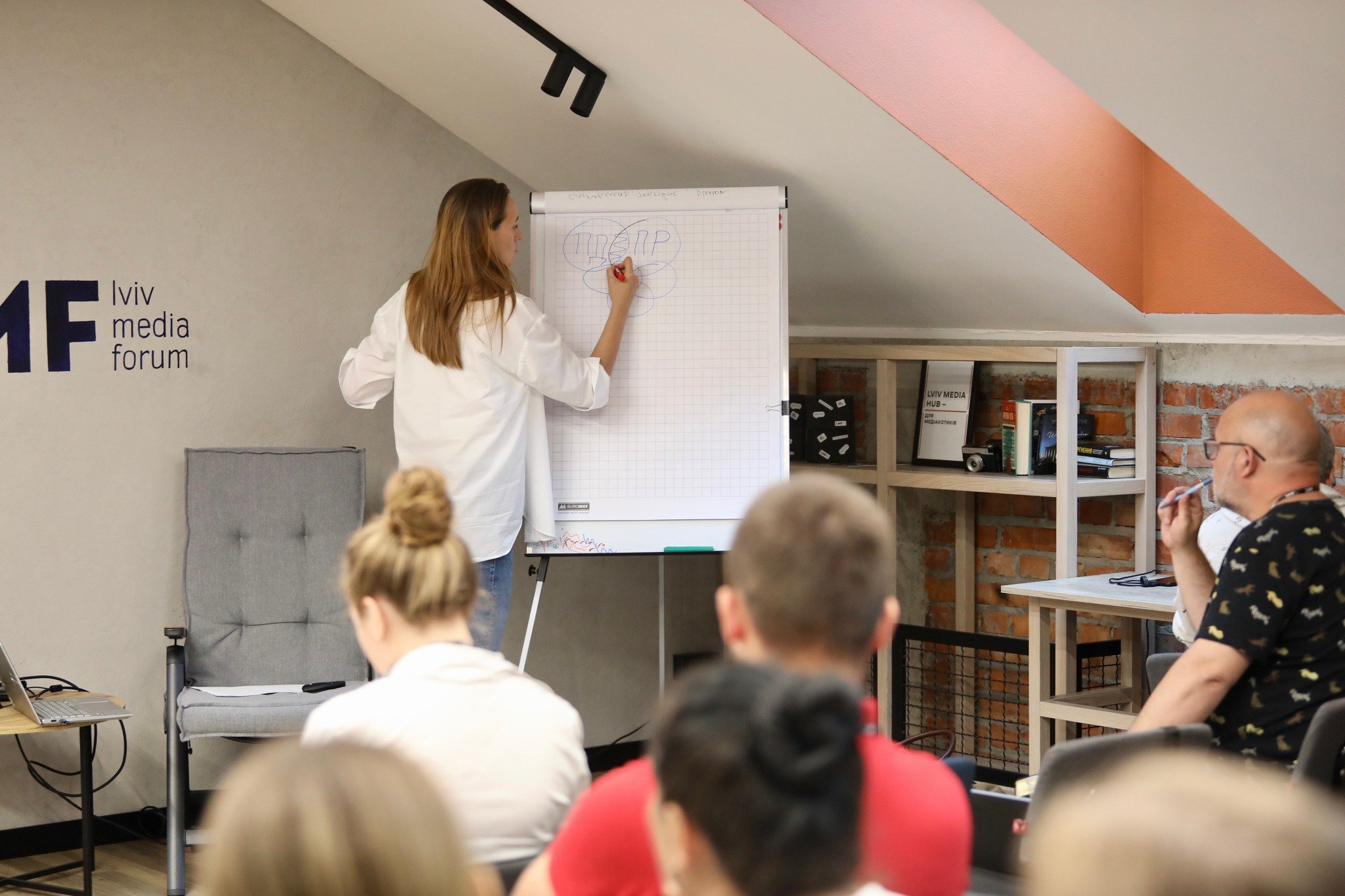
During the training. Photo: LMF
The last step in preparing a grant application is to retrospectively analyze the process and create guidelines for future applications. While newsrooms often lack the time for this, it's valuable to review the process from an external perspective. Identify where mistakes were made, where difficulties arose, and where deadlines or important details were missed. Develop a list of best practices or checklists to improve future grant applications.
To prepare a high-quality grant application, tailor the idea to align with the donor's priorities and vision. Draw clear connections between the donor's priorities and the organization's goals and experience. Ensure alignment in the problem, goals, objectives, activities, products, results, and expected impact. Use the donor's terminology and avoid subjective assessments and qualitative adjectives. The budgeting should be based on stable rates and market prices.


